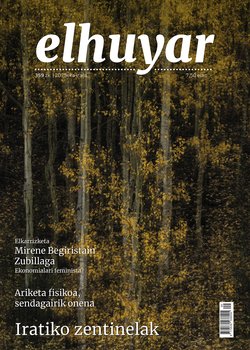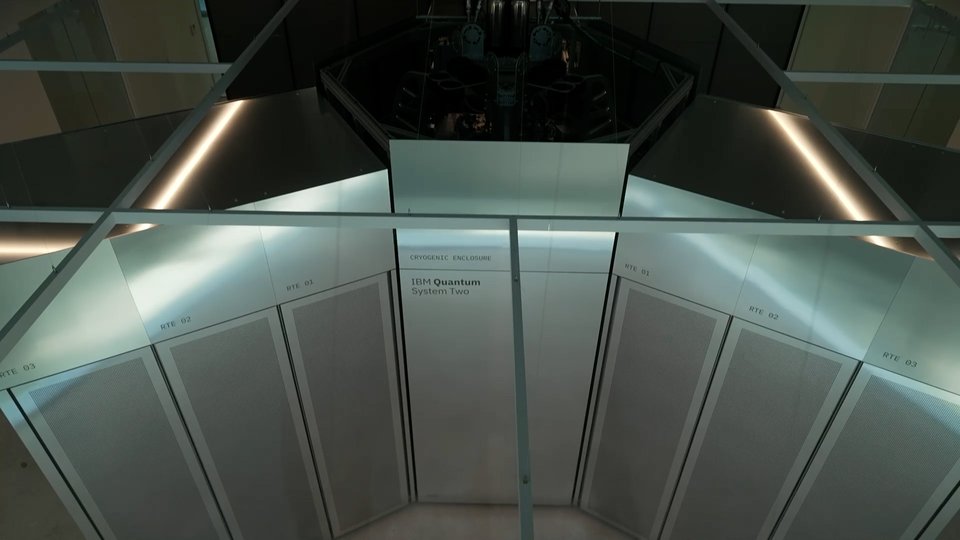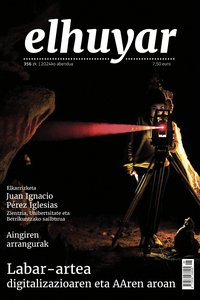The smallest number of contaminating PM10 particles; Microchip that separates tumor cells present in the blood; Mechanical exoskeleton for the disabled; Methodology for commercialization of R&D prototypes; The work of the WMAP satellite has been completed
The Basque Country has the lowest proportion of PM10 polluting particles compared to the Iberian Peninsula. PM 10 particles are polluting particles of less than ten microns in diameter that adversely affect the atmosphere, human health and the ecosystem. According to research by the chemist Ainhoa Inza of the University of the Basque Country, some of the emitters of these particles are marine aerosols, vehicle traffic, industrial complexes and scrap.
They have created a microchip that recognizes, separates, and removes cancer cells from the blood. The microchip separates cancer cells contained in a blood sample by ultrasound. This allows them to study these harmful cells. Identifying cancer cells in the blood can help make an early diagnosis of metastasis. It can also be important to know the effectiveness of the therapies that are implemented. This study, coordinated by the CSIC, involves the Ikerlan Technology Centre and the Higher Polytechnic School of Mondragon University.
He has spent nine years studying cosmic radiation at the bottom of microwaves. However, the WMAP satellite has already completed its mission. Microwave background radiation is believed to be the oldest light in the universe. And NASA scientists say that the data provided by the study explains the size, age, geometry, and direction of the universe. These have been some of the most important contributions to the knowledge of cosmology in the last decade.
Supporting companies with new product ideas is the objective of the methodology developed by Innobasque and Gipuzkoa Berritza. This methodology clarifies the steps to be taken for companies with new prototypes to implement and commercialize these products. The rules of this process, which they have developed, have been included in a guide.
This external metallic structure is called eLEGS - and helps the wearer to walk. For this reason, the first tests are being carried out so that the disabled can use them. The biometric sensors embedded in the structure identify the nerve signal that the brain sends to the muscles, thus putting them into action. The instrument, which is made of steel and carbon fibre, has been developed by Berkeley Bionics, but its first objective has been to form a machine that allows the military to walk long and without rest.
Buletina
Bidali zure helbide elektronikoa eta jaso asteroko buletina zure sarrera-ontzian










